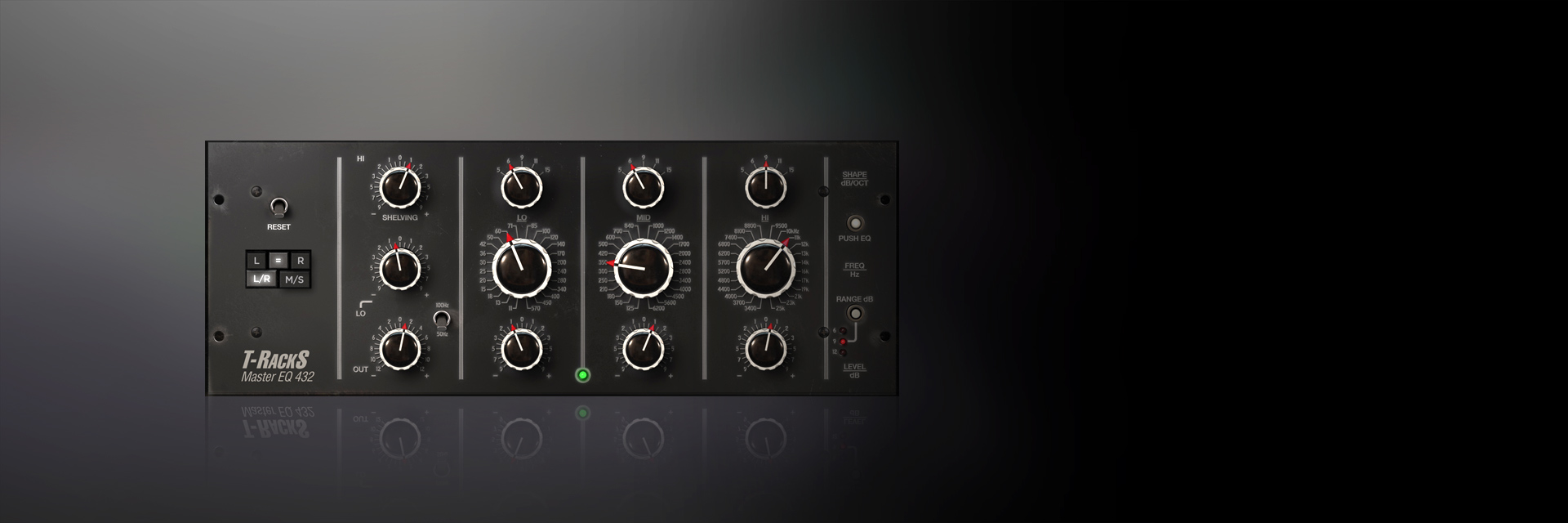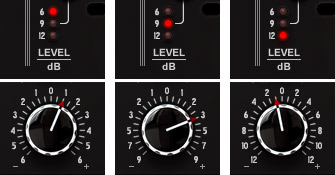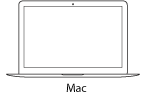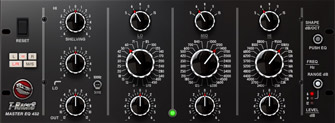You're currently on:

The Absolute Reference Mastering EQ
This module is based on what is considered to be the “golden reference”, the absolute standard in mastering equalizers. This piece of hardware was the brainchild of two of the most ingenious minds in music recording technology, true pioneers (whose ideas were key to many other designs) who joined forces to create what was the first parametric EQ ever invented. The design quickly became the basis for most of the following parametric EQs from manufacturers the world over.
On top of the fully parametric and totally independent bands with almost no interaction (something that was not available until this circuit topology invention), its success derived from its no compromise quality level, based on discrete high-performance custom op-amps and totally transformer-less signal path which made for a transparent and pristine audio quality: this level of sonic excellence, superior transient response, almost non measurable non-linearities and extremely low distortion together with some perceivable "magic" in the circuit design makes it practically ubiquitous in mastering engineers' set of tools, from its origin to present days. The latest and advanced techniques used in the DSP design of this module allowed the perfect rendition of this major league audio quality in the digital DAW format, a level of a sonic sameness that simply wasn't possible before. The instantaneously noticeable result is that the EQ has a pleasing sound of its own, its high transparency notwithstanding, which is far over the standard "digital" EQ called to perform the same tasks.

On top of this, the analog nature of the hardware is empowered by some digital-world handy features like total recall, full automation, and switchable gain ranges, originally available as three different hardware versions, and now included in a single model.
This last feature is particularly powerful as it allows the use of the best resolution of each band's gain range with extreme precision.

Mastering engineers favor some separate channels processing techniques, such as the possibility to switch from L/R over to M/S mode, which is key to equalize Mid (center) content in a different fashion than the Side content of a stereo program: they will feel right at home with this feature instantaneously recallable on the Master EQ 432.
This model really is “as good as it gets”, the secret weapon to give mixes that finishing polish and turn them into master quality tracks, with peerless high end air, a solid low end and all the charming yet detail-revealing rendering in the critical midrange spectrum to perform any mastering EQ task at the best possible quality.
Specs
Fully compatible with Mac OS X (Universal Binary), and Windows (XP / Vista / 7 / 8)Supported plug-in formats: VST, RTAS, AAX, and Audio Units
Works within the T-RackS CS Standalone application
High-quality oversampling
High-precision and high-transparency digital processors
Accurately analog-modeled vintage classic devices
Full-latency compensation support
Supports sampling rates up to 192 kHz
DSM™ and SCC™ proprietary IK technologies for extremely accurate digital models of analog hardware devices
Native compatibility with 64-bit applications and operating systems
System Requirements

Mac® (64 bit CPU, 32 or 64 bit Mac OS)
Minimal: 1.5 GHz Intel processor, 1 GB of RAM, Mac OS X 10.6 or later.
Supported Plug-in formats: Audio Units, VST, RTAS, AAX (32 and 64-bit).
Note: on 64 bit systems, the plug-in also works in 32 bit compatibility mode.

Windows® (32 and 64 bit)
Minimal: Intel® Pentium 4® 2.4 GHz or Intel® Core™ Duo or AMD Athlon™ 64,
1 GB of RAM, Windows® XP, Windows® Vista, Windows® 7 or Windows® 8.
Supported Plug-in formats: VST, RTAS, AAX (32 and 64-bit).
You MUST be connected to the Internet as all of the Custom Shop operations are web based.





























